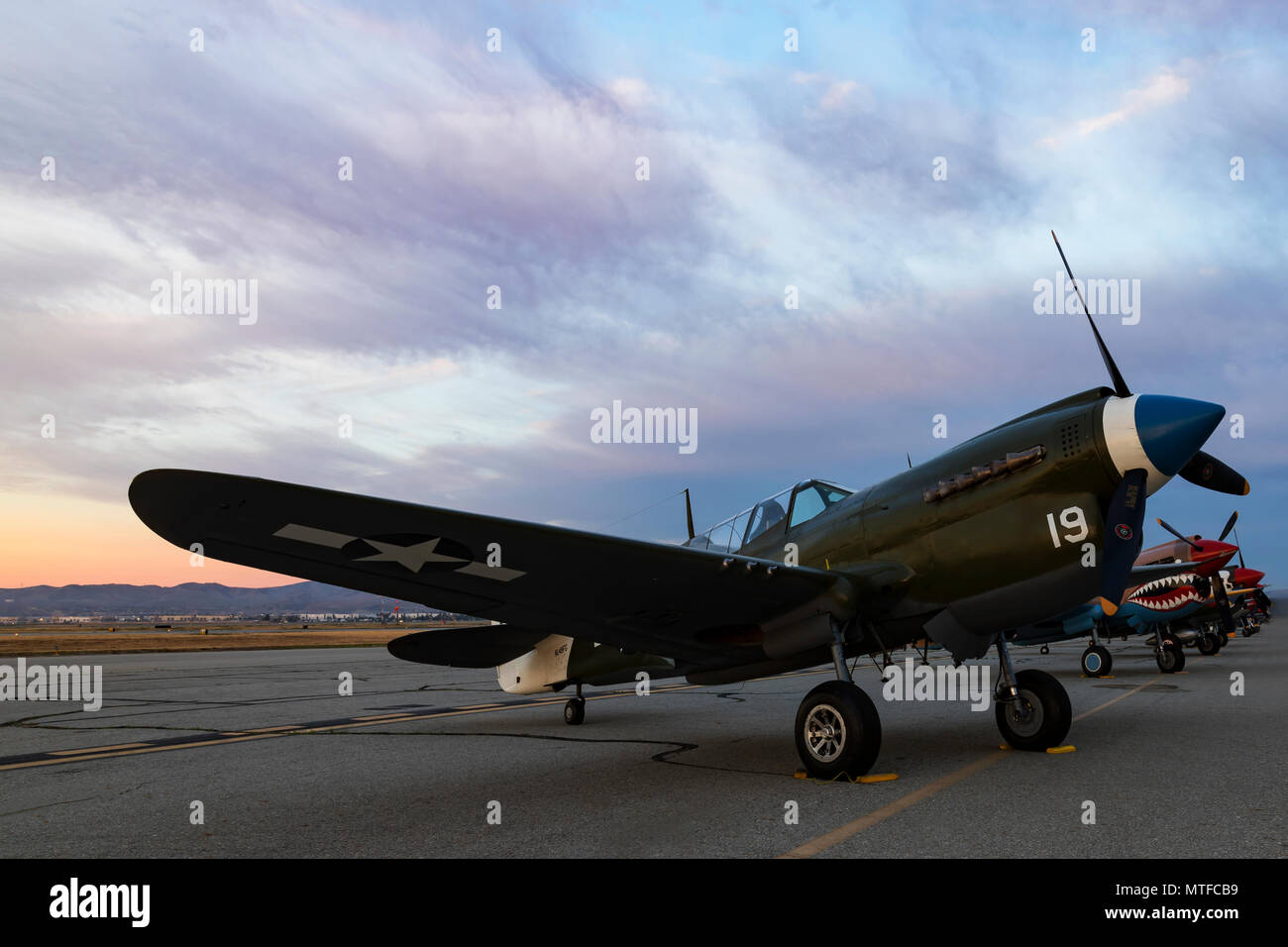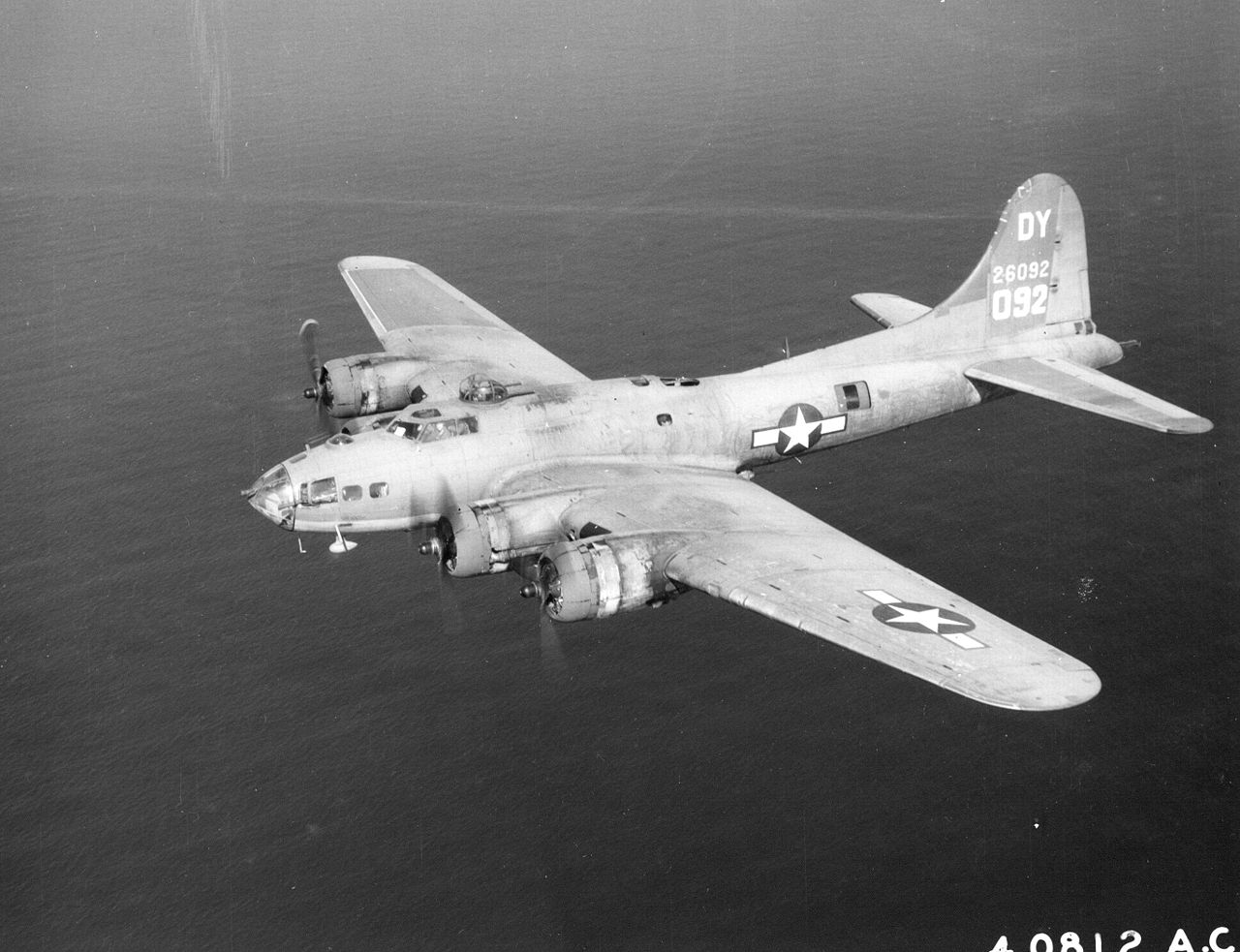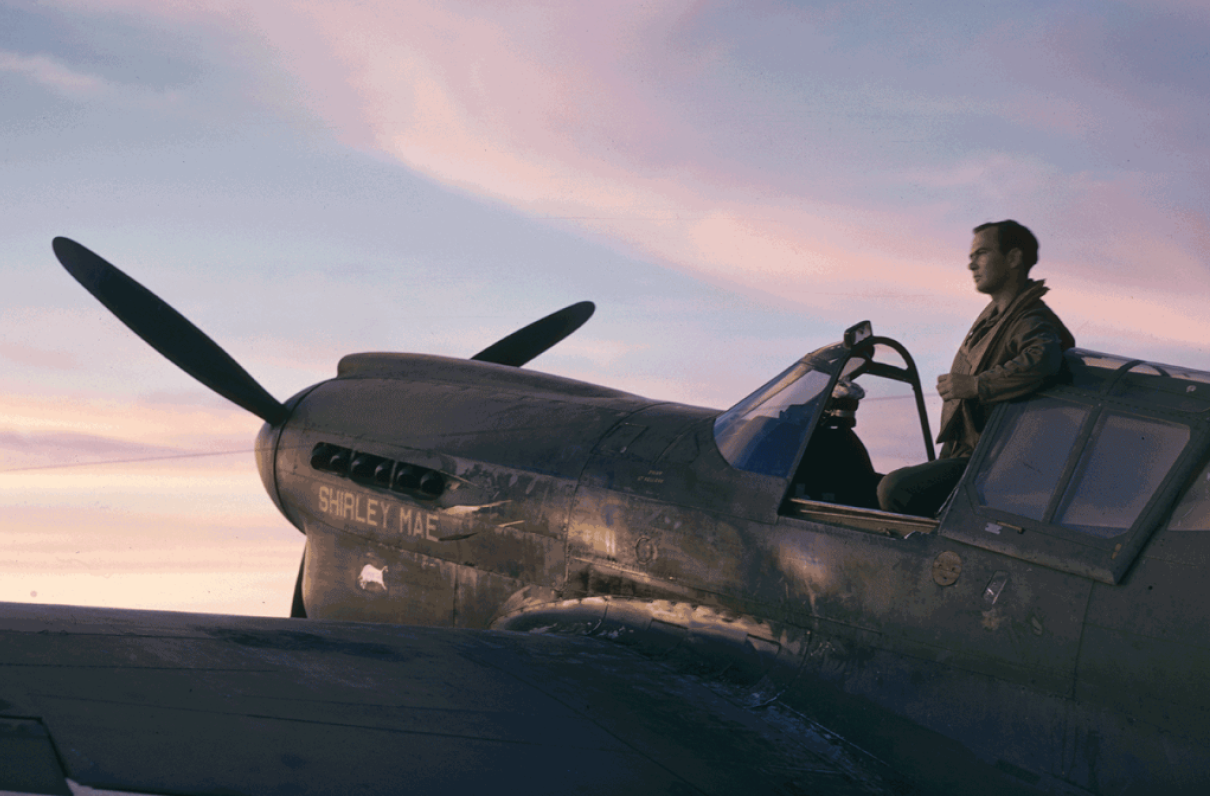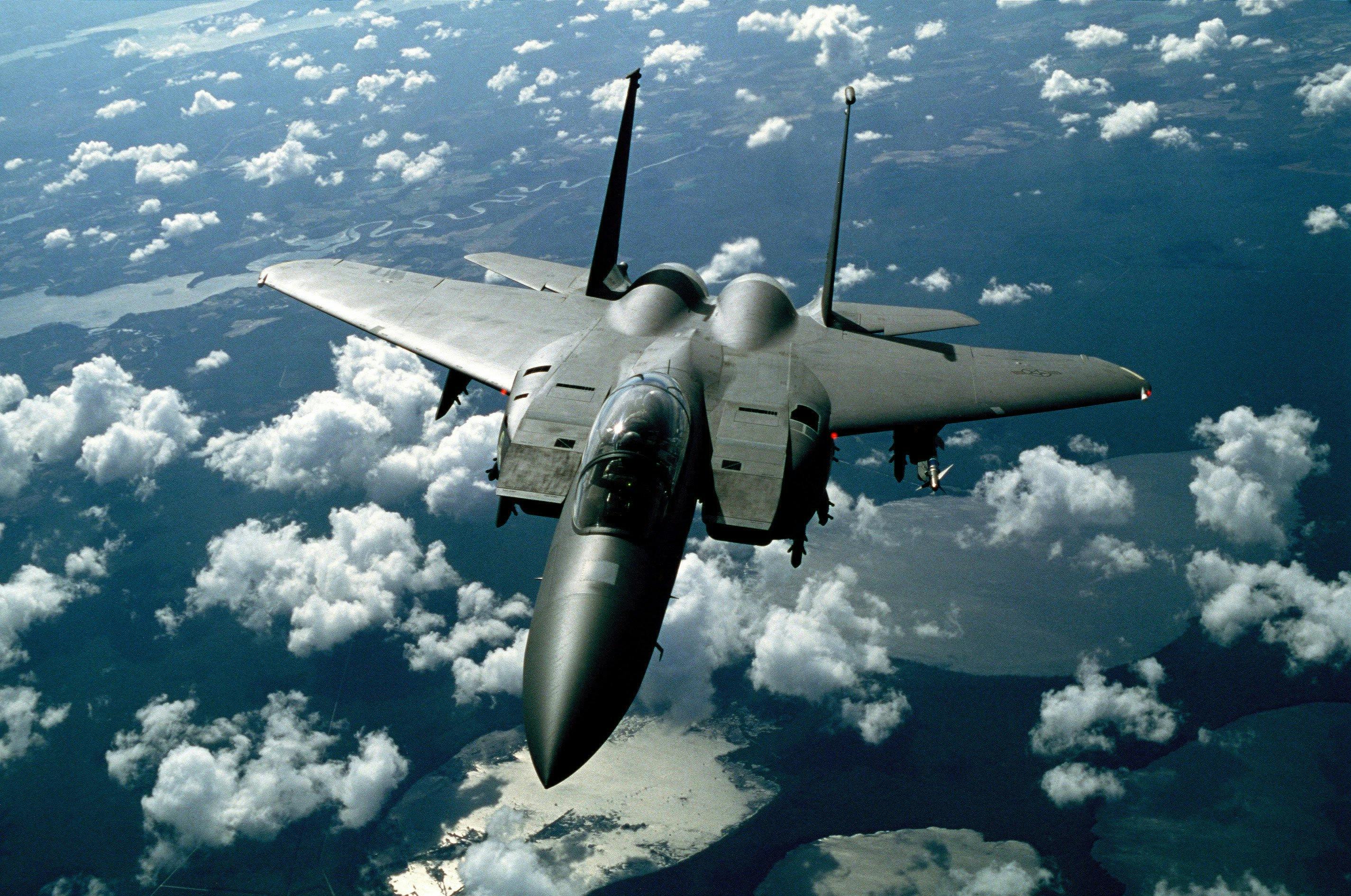Wwii Airplanes - Mustangs, Mitchells, Catalinas, Liberators, Corsairs. The fighters that were the daily companions of aviators in the World War II generation have become for many extraordinary treasures in the next generation: symbols of courage and sacrifice that even younger generations see as part of their national identity. The United States produced over 300,000 planes in World War II. Below are 25 of the most famous types, most of which are still flying today.
Museums across the country have preserved and displayed these planes. Some are displayed in public spaces such as Chicago's O'Hare International Airport, where a lone Wildcat F4F honors Navy Medal of Honor winner Butch O'Hare.
Wwii Airplanes

This year, on the 70th anniversary of the Allied victory in World War II, warbirds are flying demonstrations in towns and cities across the country, including the National Trade Center flyover in Washington on May 8. If you've never heard a Merlin engine growl or seen a B-17 make a spectacular pass over an airfield, this is the summer to do it.
World War Ii German Aviation
The 25: J-3 Cub/L-4 Grasshopper ★ PT-17/N2S Stearman ★ T-6 Texan ★ AT-11 Kansan ★ P-40 Warhawk ★ B-25 Mitchell ★ P-39 Airacobra ★ P-63 Kingcobra ★ PBY Catalina ★ F4F Wildcat ★ TBD Devastator ★ SBD Dauntless ★ P-38 Lightning ★ B-24 Liberator ★ P-51 Mustang ★ B-17 Flying Fortress ★ C-47/R4D Skytrain ★ B-26 Marauder ★ A-2 In F6F Hellcat ★ TBM Avenger ★ SB2C Helldiver ★ P-47 Thunderbolt ★ F4U/FG-1D Corsair ★ B-29 Superfortress If you've ever dreamed of experiencing a piece of US aviation history in a retired military aircraft, your wings. Of the rare
, originally developed for the Royal Air Force, several aviation museums and organizations across the country are taking visitors to the clouds via restored aircraft - many of which flew in combat during the Second World War. The best part; You do not need a military license to board the ship.
At any given time, this museum located at Meacham International Airport in Fort Worth, Texas has over a dozen aircraft on display in various stages of restoration. But perhaps his most popular feat is
, one of only two known Boeing B-29 Superfortress aircraft in the United States still in flight. The US military once used the 99-foot-long aircraft for administrative purposes before retiring it in 1958 to an aircraft boneyard in the California desert. In 1971, the rusty behemoth came to the attention of the Commemorative Air Force, an organization that restores historic aircraft. Now, when not making regular appearances at national air shows as part of CAF's fleet of preserved and restored historic aircraft, it takes aviation enthusiasts on unique flights alongside the museum's growing collection of aircraft, which include
Wwii Warbird Facts You Might Not Be Able To Forget
Is he not a pilot? Do not worry. You can still enjoy the thrill of flying - and piloting - one of this nonprofit's retired World War II war birds. During flights to
Biplane (one of the first planes aviators will fly after training), pilots hand controls to passengers - under close supervision, of course - to experience the cockpit firsthand. And, if you like, pilots put some aircraft through a series of aerobatic maneuvers such as loops, rolls and spirals.
Located at Camarillo Airport, about 60 miles west of Los Angeles, the Southern California Chapter of the Commemorative Air Force offers tours in a variety of retired aircraft, including a

A long-range single-seat fighter-bomber that the US military used during World War II to escort bombers flying between England and Germany - and
Wings Of Freedom Tour Brings Rare Wwii Aircraft To Greenville Downtown Airport
. The latter was built for use in the British Commonwealth Air Training Plan, a joint military operation between Great Britain, Canada, Australia and New Zealand during World War II.
Almost all World War II fighter pilots who served on the US Army Air Corps, the now defunct US military aircraft carrier, received their training in the cockpit of a
. Known for being lightweight and easy to handle, this plane model was ideal for novice pilots who were learning the ropes before going into battle, as they had fighter-like features. Today, Bay Aviation, located at Hummel Field, Virginia, offers tours with a
From 1943, which took 11 years to restore. It is one of only 98 remaining in the world that are fully navigable. During World War II, military investment fueled the growth of the aviation industry like never before. In just a few short years, aircraft manufacturers were building aircraft at a remarkable rate to meet the demands of war. Today, we're going to take a closer look at some fascinating facts and figures about aviation during World War II.
The Boeing Story
1. During World War II, the United States built nearly 300,000 aircraft, including fighters, bombers, trainers, reconnaissance, and transport support aircraft.
2. The B-29 Superfortress was one of the largest aircraft flown during World War II. The propeller-powered four-engine heavy bomber was also the most expensive design the United States produced for the war, costing an estimated $3 billion to develop.
3. Civilian car production was suspended in 1942 to help the war effort. Car manufacturers began to assemble jeeps, tank engines and, of course, aircraft.
/https://tf-cmsv2-smithsonianmag-media.s3.amazonaws.com/filer/96/bf/96bf0cbc-2916-4467-968e-4bc461e1457d/boeing_n2s.jpg)
4. The fastest aircraft to see any combat in World War II was the German Messerschmitt Me 163. The missile fighter set an airspeed record of 702 mph in 1944, although this record was not recognized by the International Aeronautical Federation due to the secrecy during the war.
Wwii Airplanes Airplane Hi Res Stock Photography And Images
5. The Supermarine Spitfire was the only British aircraft built during the war. It was instrumental in the Allied success in the Battle of Britain and remained in service until 1950. There are approximately 55 Spitfires still airworthy today.
6. Between 1942 and 1944, more than 1,100 young women volunteered for an experimental program known as Women Airforce Service Pilots, abbreviated as WASP. WASP members have flown almost all types of military aircraft to test overhauled planes, transport aircraft from factories to military bases, transport cargo and tow targets for live anti-aircraft weapons testing.
7. Cabin pressurization was invented during World War II, and the B-29 was the first Allied-produced bomber equipped with a pressurized cabin system for high-altitude operations. Without this innovative technology, today's pilots would not be able to fly much above 15,000 feet. World War II still fascinates many people today. It was the bloodiest and most destructive war the world has ever seen. War tends to bring out the worst in humanity as well as the best. The best in terms of people, and sometimes the best in terms of ingenuity and necessity. Most American planes at the start of the war were not as good in many respects as German and Japanese planes. In the middle and end of the war, however, this changed dramatically. This list represents that change. These are the top five American fighters of World War II with the most kills.
It's all too easy to romanticize conflicts and wars, especially WWII. For aircraft, especially fighters, romance is high. Beautiful, elegant machines flying through the skies in modern duels to the death are the stuff of dreams and legends. Dogfights were the ultimate individual test of skill, subtlety, and intelligence.
Why Did More Than 100 Wwii Era Aircraft Sink To The Bottom Of Lake Michigan?
The reality is that most air-to-air deaths during the war were not from air combat, especially in the European Theater of Operations (ETO). After the Battle of Britain most Allied and Axis fighter pilots tried to avoid dogfights and preferred to use other tactics and techniques to gain their victories.
After the Americans entered the war, and as American fighter planes became better, control of the skies changed hands. Allied countries achieved air superiority and this significantly allowed land and naval forces to progress and ultimately secure victory.
To determine the "best" planes of WWII or any war, there are many things to consider. To determine the best of anything, it's important to weigh all factors and circumstances, as well as the tactical and strategic implications. In other words, to determine "best", the positive impact, as well as the challenges and costs, must be evaluated to objectively assess success or failure.

In that case, this list doesn't rank the "best" general planes based on various factors, or tactical and strategic success, or kill-to-loss ratio, or whatever. This is just a list based on a single category: total air-to-air wins.
Wwii Airplanes Fly Again
The US military generally keeps very good records of these numbers. However, there is room for human error. Also, the historical records we see today don't always show the same numbers and the data doesn't always line up. Different sources sometimes report different numbers, so it's difficult to find the exact and most accurate reports.
In reverse order, here are the top five fighter jets flown by the U.S. Armed Forces in World War II, ranked by most killed. These numbers are for planes flown by American pilots.
The P-40 was one of the most beautiful aircraft of World War II. It was a pre-war project and was the laboratory for the US military.
Vintage airplane blanket, best airplane blanket, airplane travel blanket, airplane blanket material, crochet airplane blanket pattern, travel blanket for airplane, airplane crochet blanket, airplane milestone blanket, airplane throw blanket, airplane blanket size, best travel blanket for airplane, airplane blanket and pillow
